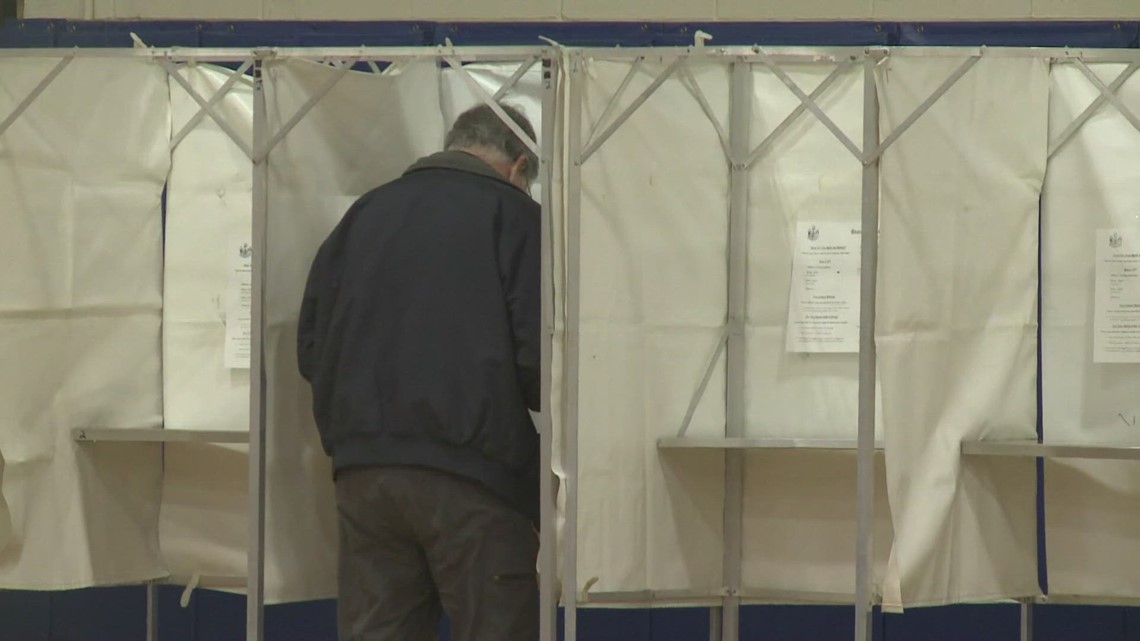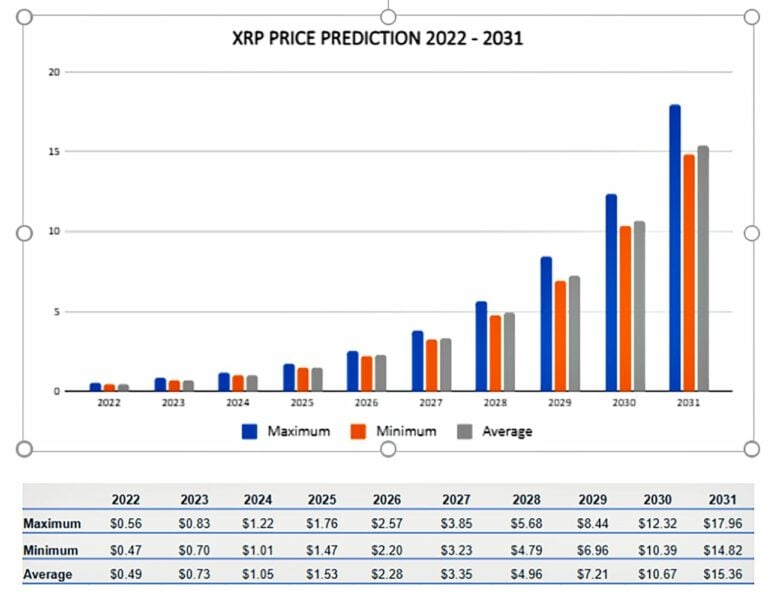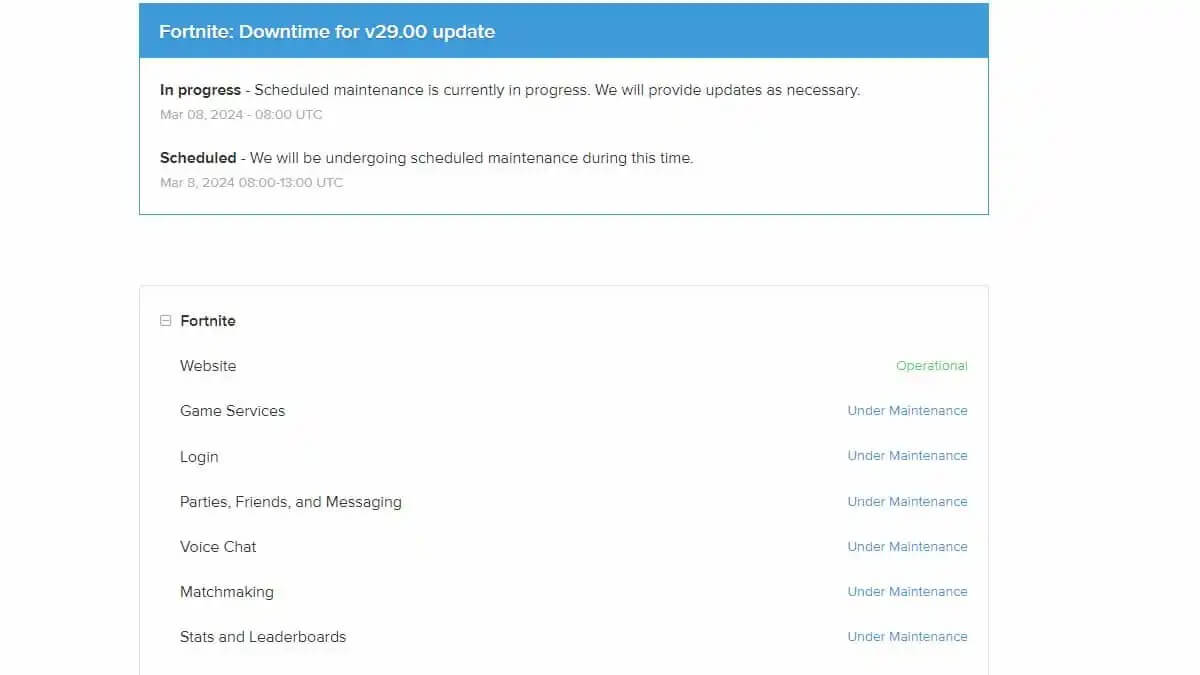Maine's Novel Approach To Post-Election Audits

Table of Contents
Understanding Maine's Risk-Limiting Audit (RLA) System
Maine's post-election audit system utilizes a Risk-Limiting Audit (RLA), a statistically-based sampling method designed to minimize the risk of undetected errors. Unlike full recounts which examine every ballot, RLAs strategically select a sample of ballots for manual review. This targeted approach significantly increases efficiency and reduces costs while still providing a high degree of confidence in the accuracy of the election results. The key to Maine's RLA lies in its statistical methodology, ensuring that the risk of missing a significant error is kept below a pre-defined threshold.
- Statistical Sampling Methodology: Maine's RLA uses a stratified random sampling technique, ensuring representation from different voting precincts and demographics. This reduces bias and enhances the reliability of the sample.
- Sample Size Determination: The sample size is meticulously calculated based on the desired confidence level. A higher confidence level (e.g., 99%) requires a larger sample size. The calculations are based on the margin of victory in the election, with closer races requiring larger samples.
- Hand-Counting Process: The selected ballots are hand-counted by trained election officials, providing a completely independent verification of the machine count. This process ensures accuracy and eliminates the potential for machine malfunction or error.
- Comparison of Results: The results of the hand count are then compared to the machine count. Discrepancies are investigated to identify and correct any errors.
- Acceptance/Rejection Criteria: The RLA establishes clear criteria for accepting or rejecting the machine count based on the hand-counted sample. If the difference between the hand count and machine count falls within an acceptable margin of error, the machine count is certified. If the difference exceeds this margin, a full recount may be necessary.
Benefits of Maine's Post-Election Audit System
Maine's innovative post-election audit system offers numerous advantages over traditional methods, significantly bolstering election integrity and public trust.
- Increased Accuracy: The statistical approach of the RLA makes it far more likely to detect significant errors than a random, smaller sample audit.
- Improved Efficiency: The targeted sampling dramatically reduces the time and resources needed for post-election verification compared to a full recount. This makes the process more cost-effective and less burdensome on election officials.
- Cost Savings: The reduced manual recounting leads to substantial cost savings for taxpayers.
- Enhanced Transparency: The clearly defined methodology and statistical analysis of the RLA increase transparency, allowing for public scrutiny and enhancing confidence in election outcomes.
- Stronger Deterrence Against Fraud: The knowledge that a statistically rigorous audit will be conducted acts as a strong deterrent against election fraud.
Challenges and Future Improvements to Maine's Approach
While Maine's RLA system represents a significant advancement in election auditing, challenges and opportunities for improvement exist.
- Logistical Implementation: Implementing an RLA system requires careful planning, training, and coordination among election officials.
- Ongoing Training: Continuous training for election officials is crucial to ensure consistency and accuracy in the hand-counting process.
- Technological Advancements: Integrating new technologies, like digital ballot images, could streamline the process and reduce the risk of human error. This would require investment in appropriate technology and infrastructure.
- Adaptability to Evolving Voting Systems: As voting technologies evolve, the RLA system needs to adapt to ensure its compatibility with different voting machines and methods.
- Ongoing Research and Evaluation: Continued research and evaluation are essential to refine the system and optimize its effectiveness over time.
Conclusion
Maine's adoption of the Risk-Limiting Audit represents a significant step towards more accurate and trustworthy election results. Its statistically-driven approach provides a cost-effective and efficient method for verifying election outcomes, bolstering voter confidence and enhancing election integrity. The benefits – increased accuracy, efficiency, transparency, and cost savings – make Maine's model a compelling example for other states looking to improve their post-election audit processes. Learn more about Maine's innovative post-election audit methods and explore risk-limiting audits for improved election accuracy in your own state. Advocate for enhanced election integrity through effective auditing systems like RLAs.

Featured Posts
-
 All Fortnite Tmnt Skins Complete Guide And How To Get Them
May 02, 2025
All Fortnite Tmnt Skins Complete Guide And How To Get Them
May 02, 2025 -
 Switzerlands Continued Backing Of Ukraine Presidents Statement
May 02, 2025
Switzerlands Continued Backing Of Ukraine Presidents Statement
May 02, 2025 -
 Xrp Price Prediction Analyzing The Post Sec Lawsuit Market Outlook
May 02, 2025
Xrp Price Prediction Analyzing The Post Sec Lawsuit Market Outlook
May 02, 2025 -
 Fortnite Downtime Update 34 21 Server Status And New Content
May 02, 2025
Fortnite Downtime Update 34 21 Server Status And New Content
May 02, 2025 -
 Economic Downturn Jeopardizes Indigenous Arts Festival
May 02, 2025
Economic Downturn Jeopardizes Indigenous Arts Festival
May 02, 2025
